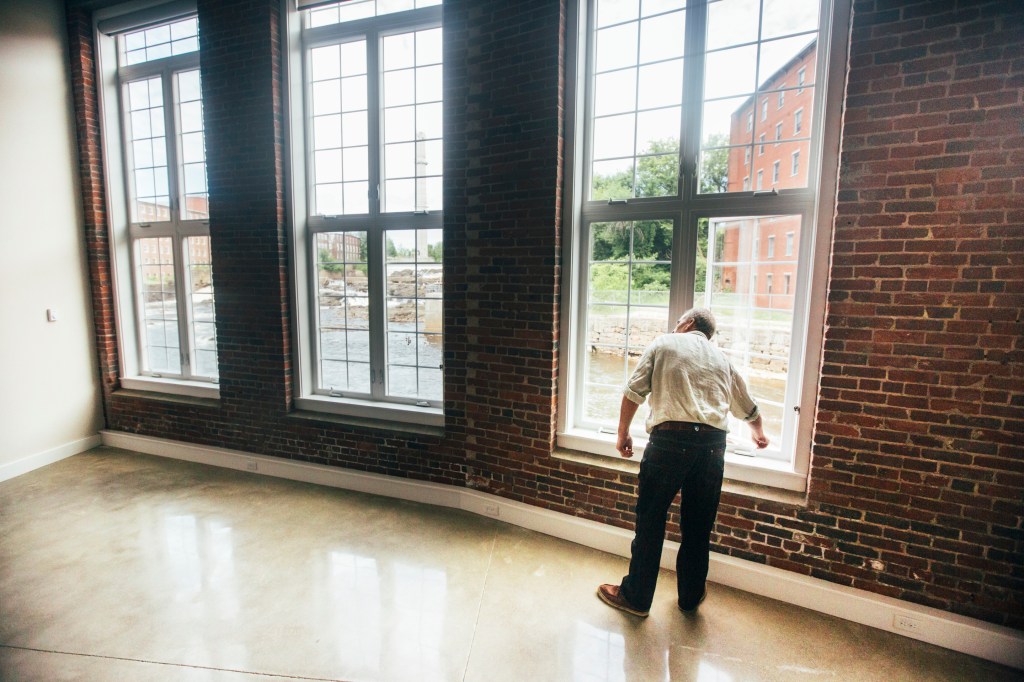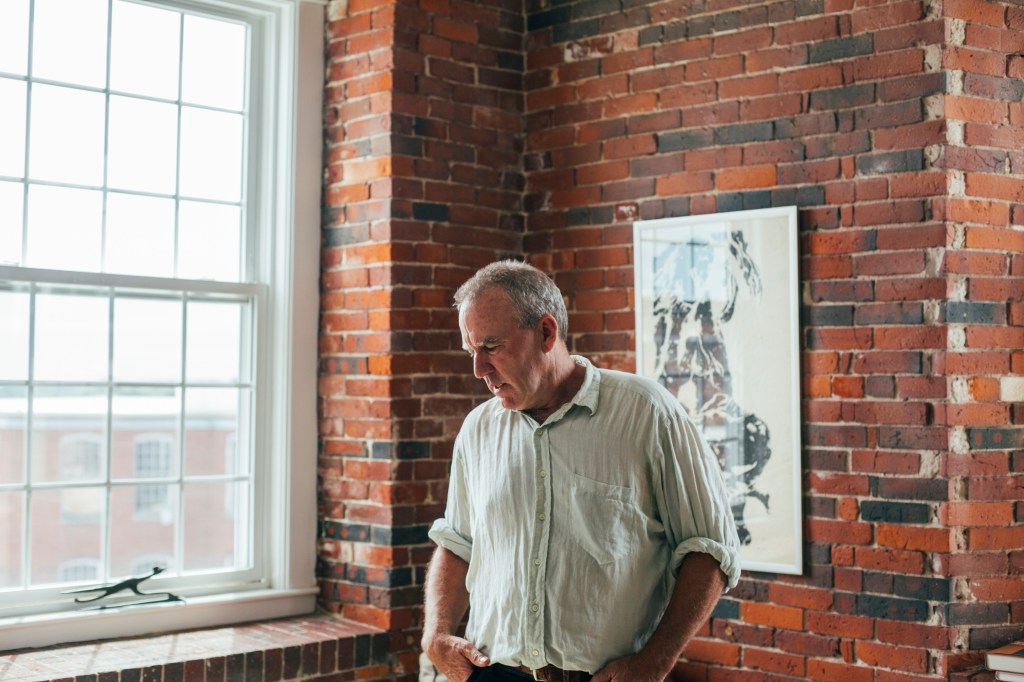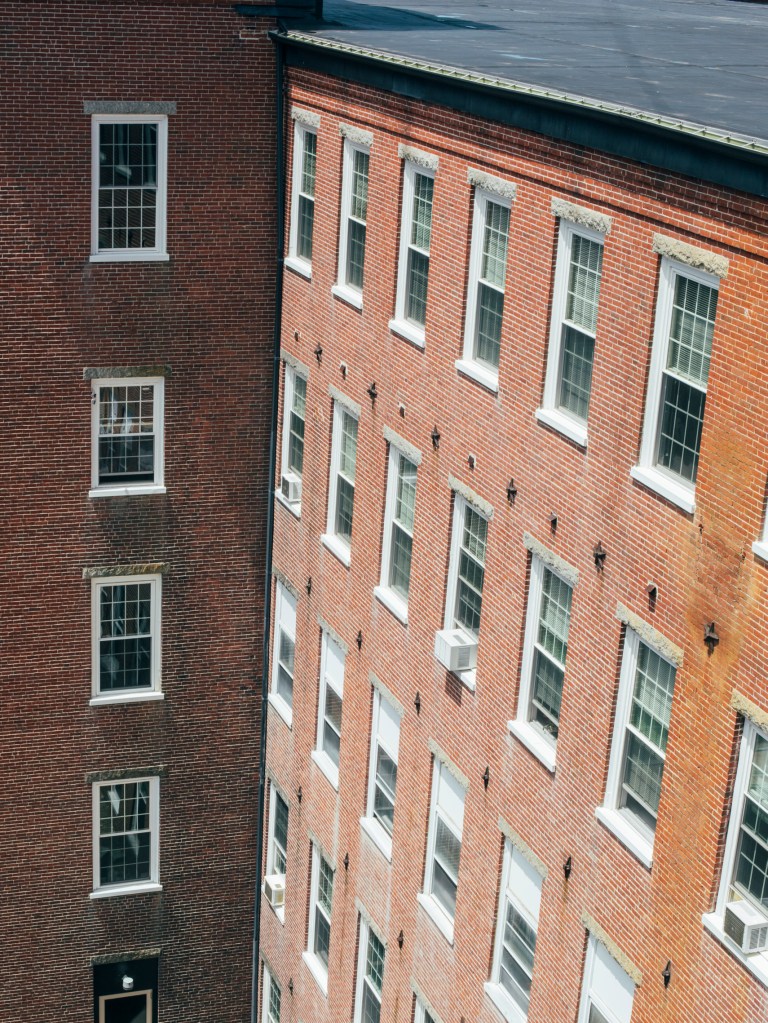A
t first they called him crazy. Now “lucky” is the adjective that Doug Sanford hears most often when people talk about his multimillion-dollar transformation of the former Biddeford and WestPoint Stevens textile mills.
Sanford accepts the lucky label because his gamble on the 15-acre brick factory complex that dominates the city’s downtown appears to be paying off. The Pepperell Mill Campus, including 100 well-appointed apartments and 100 custom-outfitted commercial spaces, has long waiting lists of prospective tenants, many of whom have been priced out of Portland but still want a funky urban experience on the coast of Maine.
“They want to be around the action,” Sanford said during a recent tour of the complex, which houses a variety of manufacturers, artisans, professional service providers, restaurants and a brewery.
Apartments in the mill complex start at $900 a month for a spacious studio and include heat, electricity, cable television and high-speed Internet access – a rental offering that’s rare if not largely unavailable in Portland.
The bustle hasn’t come easily. Since Sanford started buying mill properties in 2004, he has spent $1.2 million on 1.1 million square feet of cavernous potential. He has spent another $12 million on upgrades and renovations that make the most of the mills’ historic architecture, including high ceilings, brick walls, river views and honey-colored wood floors.
Sanford acknowledges that his efforts were enhanced by the city’s decision to spend $6.7 million to buy and close the Maine Energy Recovery Co. trash-burning plant next door. Sanford also notes that he’s been committed to Biddeford’s future since 1982, when he started buying and renovating about a dozen rundown residential and commercial properties downtown.
“I wasn’t afraid of work and I wasn’t afraid of Biddeford,” Sanford said. “It was entry-level opportunity. They were all vacant and we brought them back.”
In the mill complex, Sanford believes he has only scratched the surface of what’s possible, developing residential and commercial space in six of 17 buildings. He sees other businesses cropping up along Main Street – cool coffee shops, restaurants and boutiques – and he hopes the city takes steps to fuel the momentum.
The demand overflowing from Portland clearly helps. Sanford sees newcomers moving to the city who aren’t put off by what it used to be or hobbled by the perceived limits of a former mill town.
“The perception thing is a local problem,” he said. “People from away don’t have that stigma in their minds. They see opportunity.”
Send questions/comments to the editors.








